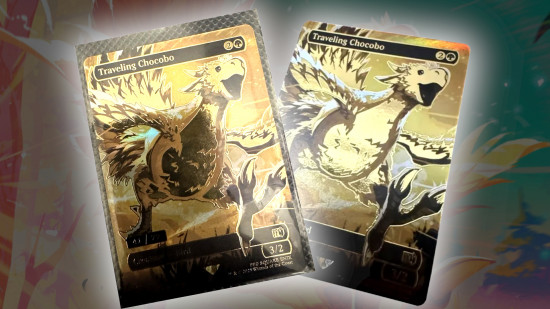
Mastering Magic: Sniffing Out Counterfeit Cards
Imagine this: You’re immersed in an exhilarating game of Magic: The Gathering, heart racing as you prepare to unleash your trump card. But then, dread strikes. Could the rare card you’re holding be a counterfeit? With the advances in printer technology and creativity of counterfeiters, spotting a fake can sometimes feel like battling through a labyrinth. But don’t despair, the path to becoming a savvy collector is paved with awareness and a few trusty tips.
As any Magic: The Gathering aficionado knows, the game isn’t just about casting spells—it’s about the journey of collecting, trading, and that occasional glimmer-of-hope draw. However, realizing you’ve been duped by a counterfeit card can feel like watching your favorite villain pull out an unexpected defeat card mid-battle. Here, we delve into the art of sniffing out fake Magic cards so your good magic feels truly magical.
Let’s begin with the first and most personal touchpoint—texture. Whenever you pick up a new card, trust your instinct and run your fingers gently over its surface. Authentic Magic cards are draped in a matte finish that cuddles your sense of touch in a way that slick and shiny counterfeits can’t mimic. A legitimate card will have the reassuring familiarity of a land card from its same cohort. On the contrary, a glossy impostor might leave you feeling as though you just handled a laminated restaurant menu instead of a treasure from a booster pack.
Next, let’s shed some light on things—literally. Imagine the scene from an enthusiastic mystery novel where the detective holds an object against the light to reveal the hidden truth. You can be your own Sherlock by holding the card up to a flashlight. Genuine Magic cards have a blue core nestled between layers of paper, an innovation that acts like a fingerprint for authenticity. The light that filters through casts a cool, gentle hue, a serenade of authenticity. However, a fake card might stubbornly block off the light like an overzealous blackout curtain or allow a glaringly bright wash through its dainty façade, revealing its underbelly of fakery.
Now, let’s talk about bringing out our inner geeks with a jeweler’s loupe in hand. Imagine being gifted the power to see through facades, able to unveil a card’s motives under a 30x magnification. Real Magic cards sport an art and text box printed like a painter’s fine brushwork, with rosette patterns intertwining like a bouquet. Counterfeit cards? They bring to the game an uneasy downpour of pixelation and fuzzy dots like an insecure digital painting.
Don’t forget to assess the solid black test, armed with your inquisitive loupe again. Real cards lay down the black ink with authority, names, mana symbols, and text boast a sharp clarity. False cards employ a poorer palette—composite black rastered from haphazard colored dots, leaving you with fuzzier sightings than a morning-after memory.
A true test of authenticity lies in the fabled green dot “L” on the card back amidst the yellow-green border of the mana symbol. Misaligned, blurry, or absent? Then your card might be singing the song of the counterfeiter.
A celebrated safeguard introduced with Magic 2015 is the oval hologram stamp for rares and mythics. This micro-text enriched emblem should lie flush with the card, proudly exhibiting planeswalker symbols and mana icons. A fake betrays itself with a grainy surface, raised sheen, or boasts a history of transplant from a previous, unfortunate card.
Now, on the list of what not to do when you suspect a counterfeit: the adrenaline-pumping acts of bending or tearing the card. Previously, these maneuvers might have exposed a blue core, yet today’s counterfeiters scoff at their outdatedness. Modern fakes have evolved to withstand such scrutiny. Rather than risking the integrity of a potentially real card, stick to these non-invasive practices.
It’s about stacking methods, my dear Watson, er, card collector. Like an alchemist in search of perfection, combine these insights, start by feeling, observe the dance of light, and zoom in with a loupe. By doing so, you’ll cultivate a keen eye, ensuring that your Magic collection remains genuine and your playing field honest. After all, the pursuit isn’t just about having the shiniest cards but celebrating the integrity that Magic: The Gathering was intended to embody.